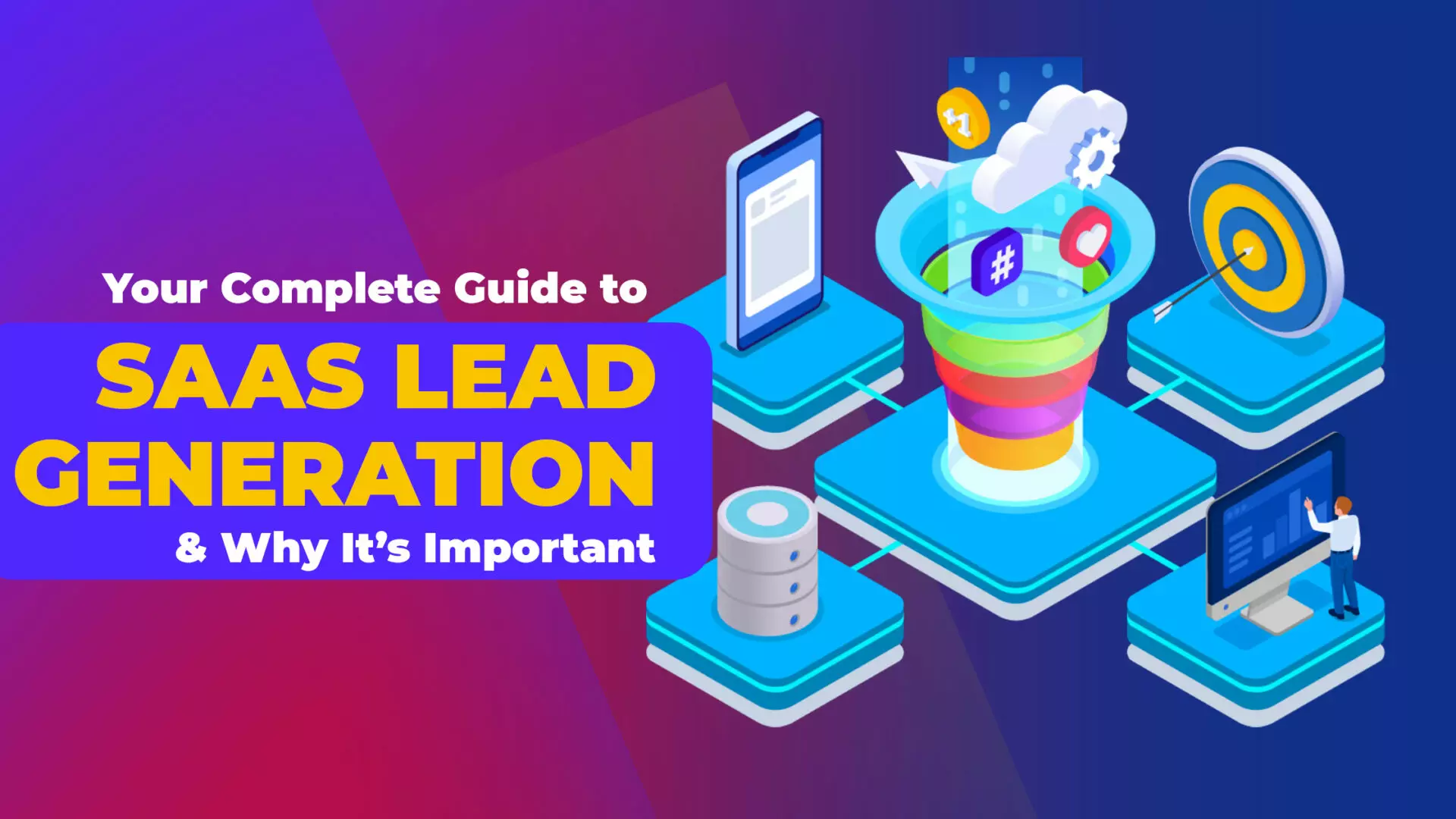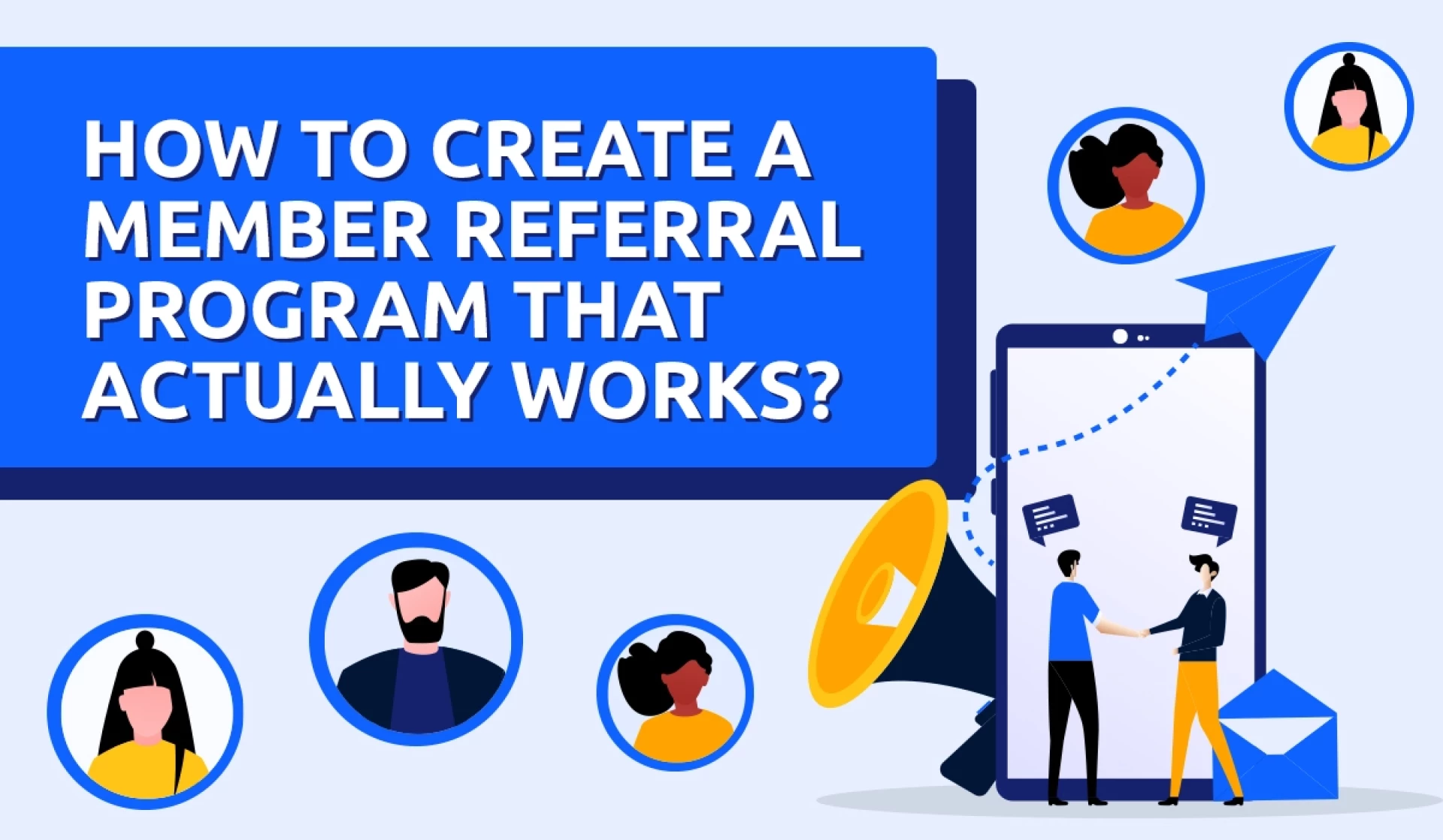Leads are the backbone of growth for SaaS companies. With dynamic marketplaces and subscription-based revenue models, advanced strategies are for SaaS companies to generate high-quality leads and manage consistent customer retention. From freemium models and webinars down to automation and personalized outreach, this article takes a deep dive into the most effective lead generation techniques specifically suited to SaaS businesses looking to build a sustainable sales pipeline and achieve scalable success.
Introduction
For SaaS companies, lead generation goes beyond attracting any customer; it’s about securing high-value, long-term subscribers who bring recurring revenue. More than any other business model, SaaS firms rely on a consistent flow of qualified leads to feed the sales funnels and keep churn rates minimal.
This article looks at the particular problems that surround lead generation for SaaS firms and provides an all-inclusive guide regarding the most effective ways, from SEO and PPC to referral programs and SaaS marketing tools. Each approach is tailored to help SaaS businesses capture and foster leads for a robust pipeline and sustainable growth.
An overview of SaaS Companies lead generation
Lead generation for SaaS companies involves identifying potential customers who are likely to benefit from the software solutions they offer. The goal is to create a robust sales pipeline that fuels business growth. Here’s a breakdown of the key elements involved in SaaS lead generation:
- SaaS automation: Automation tools smoothen the process of generating leads, thus enabling companies to handle a large number of leads in a very organized manner. Automation may involve email marketing, social media campaigns, and CRM integrations.
- Tech leads: These are potential customers identified in relation to their interest in technological solutions. Targeting tech-savvy individuals or businesses can significantly improve lead quality.
- Sales pipeline: The sales pipeline, when well-structured, offers the ability to track a lead’s journey from initial contact all the way through conversion. This includes lead capture, nurturing, qualification, and closing.
Importance of a Multi-Faceted Approach For effective lead generation, SaaS companies need to adopt a multi-faceted approach. This includes leveraging various channels and tactics to reach potential customers:
- SaaS funnels: Creating well-defined sales funnels helps in guiding leads through the customer journey. Funnels typically include stages such as awareness, consideration, and decision.
- Lead scoring: Lead scoring is a way of attributing values to leads, based on behavior and engagement. It helps in prioritizing leads that are more likely to convert.
- Freemium leads: By offering a freemium model, future customers are engaged with the product before purchase. It may be one of the best ways to acquire leads and convert them.
Understanding SaaS lead generation
Understanding SaaS Lead Generation involves strategies tailored to attract, engage, and convert potential customers for subscription-based software businesses. It focuses on identifying high-quality leads through targeted campaigns, content marketing, free trials, and demos. These efforts drive user acquisition and retention, ensuring long-term growth for SaaS companies.
Why is lead generation crucial for SaaS?
- Recurring revenue models demand precision: Unlike one-time purchases, SaaS businesses require subscribers who consistently renew, making the quality of leads critical to long-term success.
- High competition: SaaS is a crowded industry wherein businesses have to stand out with focused lead-generation tactics.
- Retention over acquisition: High churn rates seriously lower profits. Effective lead generation focuses on capturing loyal customers who are more likely to stay.

Common challenges in SaaS lead generation
- Targeting the right audience: SaaS companies often serve niche markets, requiring precise targeting to attract relevant leads.
- Counterbalancing budget constraints: For startups, balancing the budget with high-cost campaigns without compromising on ROI might be a big challenge.
- Tracking and nurturing leads: Without effective tools, monitoring and engaging with potential customers can be overwhelming.
Strategy 1: Leveraging freemium models and free trials
How freemium models attract quality leads
- Encourage exploration: Offering limited features for free encourages users to explore your product’s value without committing financially.
- Paid conversions through driving: The more users become accustomed to the software, the greater the likelihood that they will upgrade for advanced features.
- Build credibility: A free version is a way to build trust and showcase usefulness.
Optimizing free trials for maximum conversions
- Set very clear expectations about what users can have access to during the trial.
- Use automated follow-ups to engage trial users and answer questions.
- Offer incentives or discounts to convert trial users into paid subscribers.
Case studies
- Dropbox: Successfully employs a freemium model to attract subscribers and upsell premium storage plans.
- Slack: Free basic functionality leveraged to entice a team to a paid subscription for enhanced collaboration tools and services.
Strategy 2: SEO optimization for SaaS
Why SEO is a game-changer
- Increases visibility: A high ranking on search engines guarantees that leads will find your software when searching for solutions.
- Attracts organic Traffic: Targeted keywords drive consistent, cost-effective traffic to the site.
- Establishes authority: High-value content helps your business establish itself as an industry leader.
SEO tactics for SaaS success
- Keyword targeting: Target very specific terms, such as “best SaaS project management tools” or “CRM software for small businesses.
- Content marketing: Publish blogs, whitepapers, and case studies that address customer pain points.
- On-page optimization: Optimize meta titles, descriptions, and headlines for better click-through rates.
Example
- A SaaS CRM company saw a 120% increase in organic traffic by targeting long-tail keywords and publishing industry-relevant blog content.
Strategy 3: SaaS automation and lead scoring of SaaS Companies
Importance of automation
- Improves efficiency: Automates repetitive tasks, freeing teams to focus on strategy.
- Allows for greater personalization, tailoring outreach based on user behavior and preferences.
Effective lead-scoring techniques
- Assign points to actions, such as webinar attendance, eBook downloads, or frequent logins.
- Prioritize high-scoring leads to optimize sales team efforts.
- Recalibrate scoring models periodically to match changing customer behavior.
Recommended tools
- HubSpot, Marketo, and Salesforce provide robust automation and scoring capabilities for SaaS businesses.
Strategy 4: Utilizing webinars and virtual Events
Why webinars work for SaaS
- Establish thought leadership: Position your company as a thought leader by providing actionable insights.
- Engage directly: Provide a platform to address customer questions and demonstrate product capabilities.
- Capture leads: Allowing them to register, and capture important contact information.
Tips for successful webinars
- Focus on solving a specific pain point relevant to your target audience.
- Promote across channels, including email, social media, and PPC campaigns.
- Follow up with attendees promptly to nurture leads.
Strategy 5: Paid ads (PPC and social media campaigns)
Benefits of PPC for SaaS
- Instant visibility: With PPC, traffic can be driven to your website instantly.
- Precise targeting: Using filters such as industry, job title, and location will help drive more B2B SaaS leads.
- Retargeting opportunities: Re-engage users who visited your site but didn’t convert.
Social media advertising tips
- LinkedIn and Twitter are ideal for reaching B2B audiences.
- Use engaging visuals and direct CTAs, like “Start Your Free Trial.”
Strategy 6: Referral programs
Why referral programs excel in SaaS
- Cost-effective: Leverages existing customers to attract new ones.
- Builds trust: Referrals from trusted sources are more likely to convert.

Structuring an effective program
- Offer incentives like subscription discounts or additional features for referrals.
- Track program performance using SaaS marketing tools.
Example
- Dropbox’s referral program rewarded users with extra storage, resulting in exponential user growth.
Website optimization techniques
Your website is often the first point of contact for potential leads. Ensuring that it is optimized for lead generation is crucial for converting visitors into customers:
- Landing Pages: Create dedicated landing pages for different lead-generation campaigns. Ensure that these pages are designed to capture lead information and provide a clear call to action.
- Lead Tracking: Implement lead tracking tools to monitor visitor behavior and capture data. Use this information to refine your lead generation strategies.
- SEO for SaaS: Optimize your website for search engines to drive organic traffic. Focus on relevant keywords and create high-quality content that addresses the needs of your audience.
- Conversion Rate Optimization (CRO): Continuously test and optimize your website elements to improve conversion rates. Use A/B testing to identify what works best for your audience.
Effective lead-scoring techniques
Lead scoring helps in prioritizing leads based on their likelihood to convert. By assigning scores to leads based on their behavior and engagement, you can focus your efforts on high-potential leads:
- Lead Scoring: Develop a lead scoring system that assigns points based on actions such as website visits, email opens, and content downloads. Use these scores to segment and prioritize leads.
- Lead Nurturing: Implement nurturing campaigns that provide value to leads over time. Use personalized emails, targeted content, and automated workflows to guide leads through the sales funnel.
- CRM Integration: Integrate your lead scoring system with your CRM to streamline lead management. Use CRM data to track lead interactions and adjust scores accordingly.
Key metrics and analysis techniques
Measuring the effectiveness of your lead generation efforts is essential for continuous improvement. By tracking key metrics, you can identify what works and make data-driven decisions:
- Lead conversion rate: Track the percentage of leads that convert into customers. This metric helps in evaluating the overall effectiveness of your lead generation strategies.
- Cost per lead (CPL): Calculate the cost of acquiring each lead to determine the return on investment (ROI)

Advanced lead generation strategies
- Account-based marketing (ABM): Tailor marketing efforts to high-value accounts using personalized outreach.
- AI and predictive analytics: Use AI to identify high-potential leads based on historical data.
- Voice search optimization: Adapt your SEO strategy for voice-based queries.
Common mistakes to avoid
- Neglecting lead nurturing: Leads that aren’t nurtured may lose interest or turn to competitors.
- Underutilizing automation: Failing to leverage tools like CRM platforms can result in missed opportunities.
- Ignoring data insights: Analytics are crucial for refining campaigns and improving ROI.
Conclusion
SaaS lead generation is a multifaceted process that requires a blend of innovative strategies and consistent optimization. From freemium models and webinars to advanced automation and referral programs, the tactics outlined here provide a roadmap for SaaS companies to attract, nurture, and retain quality leads.
Evaluate your current lead generation efforts and implement these strategies to build a sustainable sales pipeline that drives long-term growth. For more insights, explore SaaS marketing tools that align with your company’s unique needs.





